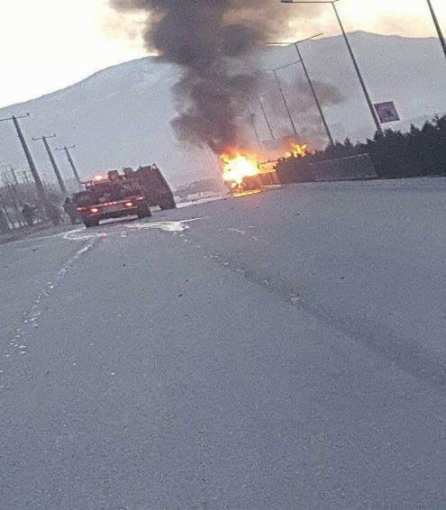The unfolding situation in Afghanistan is extremely sad, highly volatile and extraordinarily dangerous to the citizens in that country. Our thoughts are with the innocent citizens and the people who served there in so many capacities in the hope of a better future.
Not wanting to diminish the horror and the fear in Afghanistan, it is nonetheless important to fully appreciate the potential impact on Australia. The suffocating victory by the Taliban will no doubt intoxicate, inspire and embolden Taliban followers and others not affiliated with the Taliban. Australia like other countries will not be immune from people with deep consuming hatred and intentions to harm our society.
The perennial question relating to terrorism in our backyard is ‘not if, but when?’. This question has now a stable mate, ‘which target?’

Internationally, terrorists have attacked a range of targets; typically, office properties, shopping centres, malls and other pedestrian-ways,
government facilities, public institutions, venues, places of worship, educational and hospital campuses, hotels and resorts, passenger services, military bases, and critical infrastructure.
Some owners and executive leadership groups of potential targets have strengthened their security resilience and preparedness in recent years. Understandably, the pandemic has caused serious distractions. Unfortunately, for many organisations the essential strategic focus encompassing objective assessments of their current security capabilities and vulnerabilities has been diverted or significantly depleted.
It should always be assumed that security vulnerabilities are known or expected by people outside those ‘authorised’ to know. Vulnerabilities are anticipated and tested by terrorists. Security vulnerabilities are identified by terrorists through site visits, sometimes enhanced by information from other means, for example the site’s information-rich website and other internet sites.
A common source of information for assessment and planning is from ‘trusted’ personnel inside the targeted site. Security officers need to be trained to identify and counter this reality. Technology needs to be capable to assist in the detection of hostile surveillance. Other valuable information has been known to be gained from modern surveillance means such as by drones and from satellite imaging.
Security resilience requires a culture with imbedded curiosity and innovation. For example, a public domain monitoring project to identify and evaluate security-relevant information about your own organisation or facility should be considered. This project could prove to be useful to better understand your current physical security vulnerabilities and the opportunities viewed by terrorists. The person charged with this activity needs appropriate knowledge about the threat landscape.
This strategic focus is about truly understanding your current threats, and ensuring your corporate leadership, security culture, security operations and technical resources are blended and aligned to identified risks. It often requires improving capacity of security leadership and security teams, and better management and evaluation of security performance, sustainability and accountability. It does require ensuring security risk management is adequately represented in your enterprise risk management framework and business continuity planning.
We suggest that our previous blog regarding ASIO’s current threat assessment be re-visited. However, the dreadful situation in Afghanistan has in our opinion strengthened ASIO’s earlier advice and removed any end to the assessment period for the foreseeable future.
As a somewhat over-simplified side note, the threat of right-wing extremist groups using public fear about Islamist terrorism as rationale and catalyst for their own motivated violence should not be dismissed, including by organisations. Terrorism is terrorism.
Terrorists are strategic, resourceful, nimble and target rich. Organisations that are truly focussed on resilience and response preparation, ignore the comfort of common practice and seek continuous improvement to the elusive best practice for their context.
Please contact me if you would like to know how we can assist to further strengthen and prepare your organisation, property portfolio or supply network with our independent professional services.
Pleased to receive your feedback. Stay safe.
Geoff Harris
Principal Consultant
Harris Security Management www.harris.com.au
LinkedIn or info@harris.com.au
Trusted independent security consultants since 1983.

Disclaimer: The above discussion is of general nature only and intended to stimulate and focus conversation on security and related risk management. It lacks context. We do not provide endorsement or assessment on information or research provided by others that may be referenced in this article. The above discussion is not comprehensive and does not provide
expert legal comment or advice. The discussion does not provide professional advice from us. Seek expert analysis and advice relevant to your specific context from trusted advisers.
© Copyright. All rights reserved. Sydney, Australia 2021. Posted: 2 September 2021

